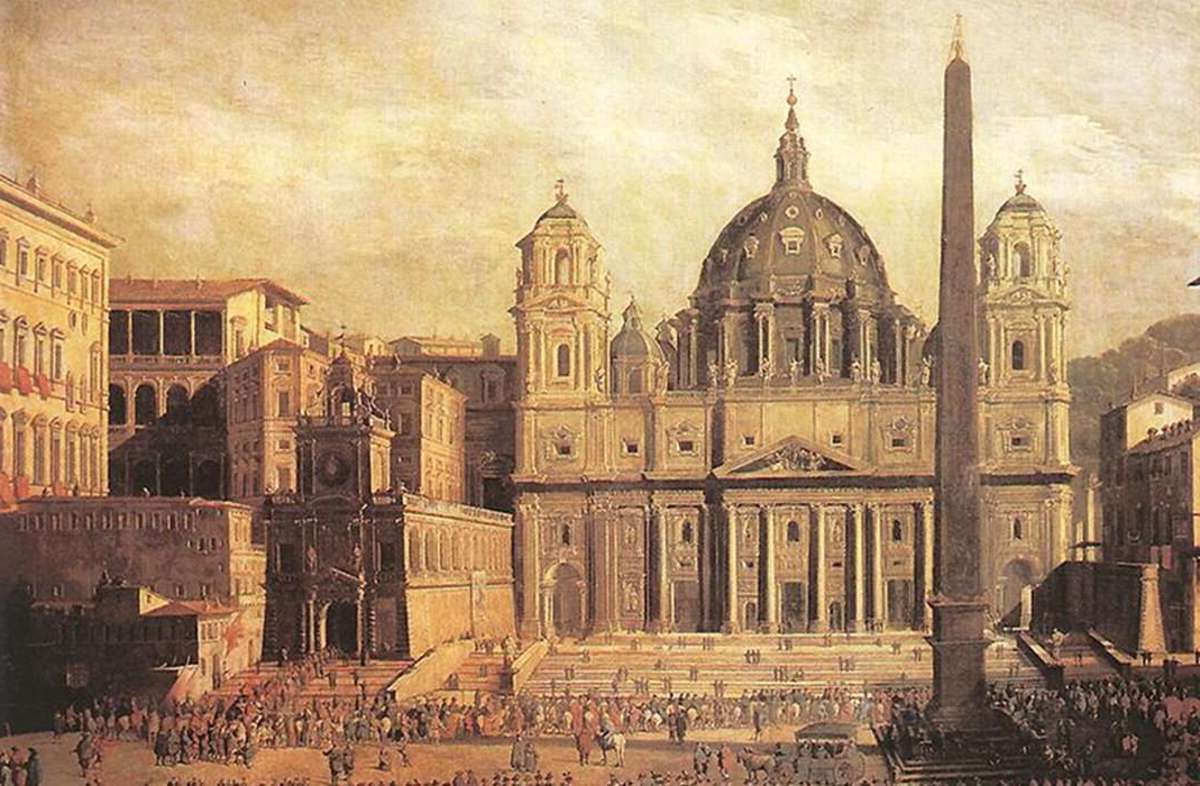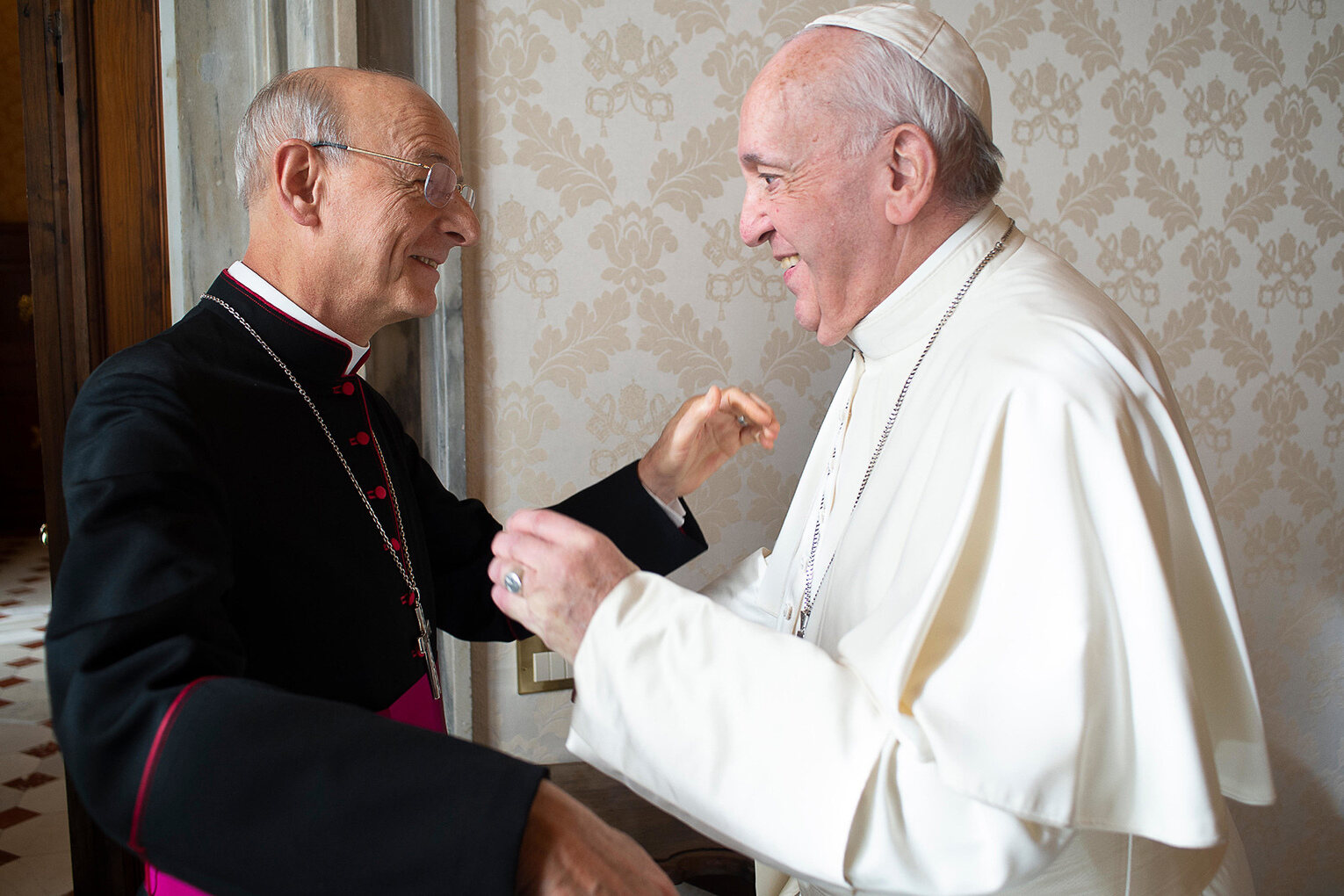
What were the Papal States? The Papal States were territories in the Italian Peninsula under the direct rule of the Pope from the 8th century until 1870. These lands included regions like Lazio, Umbria, and parts of Emilia-Romagna. The Pope not only led the Catholic Church but also governed these areas as a political leader. This unique combination of religious and secular power made the Papal States a significant force in medieval and Renaissance Europe. They played a crucial role in European politics, culture, and religion. Understanding the history of the Papal States offers a glimpse into the complex relationship between church and state.
Origins of the Papal States
The Papal States were a series of territories in the Italian Peninsula under the direct sovereign rule of the Pope. They played a significant role in European history for over a millennium.
- The Papal States originated in the 8th century when Pepin the Short, King of the Franks, donated land to the Pope.
- This donation, known as the Donation of Pepin, marked the beginning of the temporal power of the Popes.
- The Papal States initially included regions such as Rome, Ravenna, and parts of central Italy.
Expansion and Influence
Over the centuries, the Papal States expanded their territory and influence, becoming a major political and religious power in Europe.
- By the 11th century, the Papal States had grown to include most of central Italy.
- The Pope's authority extended beyond spiritual leadership to political and military control.
- The Papal States played a crucial role in the politics of medieval Europe, often mediating conflicts between kingdoms.
Governance and Administration
The governance of the Papal States was unique, blending religious authority with secular administration.
- The Pope served as both the spiritual leader of the Catholic Church and the temporal ruler of the Papal States.
- A complex bureaucracy managed the day-to-day affairs of the territories, including taxation, law enforcement, and public works.
- The Papal States had their own army, known as the Papal Army, to defend their territories and interests.
Cultural and Economic Contributions
The Papal States were not only a political entity but also a center of culture, art, and economic activity.
- The Renaissance, a period of great cultural and artistic achievement, flourished in the Papal States, particularly in Rome.
- Many famous artists, such as Michelangelo and Raphael, worked under the patronage of the Popes.
- The Papal States were also a hub of trade and commerce, benefiting from their strategic location in the Mediterranean.
Conflicts and Challenges
The Papal States faced numerous challenges and conflicts throughout their history, both internal and external.
- The Investiture Controversy in the 11th and 12th centuries was a major conflict between the Popes and the Holy Roman Emperors over the appointment of bishops.
- The Papal States were often involved in wars with neighboring Italian states, such as the Kingdom of Naples and the Republic of Venice.
- Internal strife, including power struggles within the Church and rebellions by local nobles, also posed significant challenges.
Decline and Fall
The decline of the Papal States began in the late 18th century, culminating in their eventual dissolution in the 19th century.
- The French Revolution and the rise of Napoleon Bonaparte significantly weakened the Papal States.
- In 1798, French troops occupied Rome and declared the Roman Republic, temporarily ending Papal rule.
- The Congress of Vienna in 1815 restored the Papal States, but they never fully regained their former power.
- The unification of Italy in the 19th century further eroded the Papal States' territory and influence.
- In 1870, the Kingdom of Italy annexed Rome, effectively ending the Papal States.
Legacy of the Papal States
Despite their dissolution, the legacy of the Papal States continues to influence the world today.
- The Vatican City, established in 1929, is the modern successor to the Papal States, serving as the spiritual and administrative center of the Catholic Church.
- The cultural and artistic achievements of the Papal States, particularly during the Renaissance, continue to be celebrated and studied.
- The history of the Papal States provides valuable insights into the complex relationship between religion and politics in Europe.
Notable Popes of the Papal States
Several Popes played pivotal roles in the history of the Papal States, shaping their development and legacy.
- Pope Gregory I, also known as Gregory the Great, was instrumental in establishing the early foundations of the Papal States.
- Pope Leo III crowned Charlemagne as Holy Roman Emperor in 800, strengthening the alliance between the Papacy and the Frankish Empire.
- Pope Innocent III, one of the most powerful and influential Popes, expanded the Papal States and asserted Papal authority over European monarchs.
- Pope Julius II, known as the "Warrior Pope," led military campaigns to defend and expand the Papal States' territories.
- Pope Pius IX, the last Pope to rule the Papal States, witnessed their dissolution and the unification of Italy.
Architectural Marvels
The Papal States were home to some of the most iconic architectural marvels in history.
- St. Peter's Basilica in Vatican City, one of the largest and most important churches in the world, was constructed during the Renaissance.
- The Sistine Chapel, famous for its ceiling painted by Michelangelo, is another architectural gem of the Papal States.
- The Vatican Museums, housing an extensive collection of art and historical artifacts, were established by the Popes.
Economic Structure
The economy of the Papal States was diverse, encompassing agriculture, trade, and taxation.
- Agriculture was the backbone of the Papal States' economy, with vast estates producing crops and livestock.
- The Papal States benefited from their strategic location, facilitating trade between Europe and the Mediterranean.
- Taxation, including tithes and other levies, provided significant revenue for the Papal administration.
Education and Scholarship
The Papal States were centers of education and scholarship, contributing to the intellectual development of Europe.
- The University of Rome, founded in 1303, became a leading center of learning and scholarship.
- The Papal States supported the establishment of libraries, including the Vatican Library, one of the oldest and most important libraries in the world.
- Scholars and theologians from the Papal States made significant contributions to philosophy, theology, and science.
Religious Significance
The Papal States held immense religious significance as the heart of the Catholic Church.
- The Papal States were the destination for countless pilgrims who traveled to Rome to visit holy sites and seek blessings from the Pope.
- Major religious events, such as the Jubilee Years, attracted millions of pilgrims to the Papal States.
- The Papal States played a crucial role in the spread of Christianity, sending missionaries to various parts of the world.
The Lasting Impact of the Papal States
The Papal States left a significant mark on history. Their influence extended beyond religion, shaping politics, culture, and art in Europe. From the Renaissance masterpieces to the intricate politics of the time, the Papal States were at the heart of it all. They served as a bridge between ancient traditions and modern governance, blending spiritual authority with temporal power.
Understanding the history of the Papal States gives us a glimpse into how religion and politics intertwined. Their legacy continues to be felt in the Vatican's role today. The Papal States remind us of the complex and often tumultuous relationship between church and state. Their story is a testament to the enduring power of faith and its ability to shape the world in profound ways.
Was this page helpful?
Our commitment to delivering trustworthy and engaging content is at the heart of what we do. Each fact on our site is contributed by real users like you, bringing a wealth of diverse insights and information. To ensure the highest standards of accuracy and reliability, our dedicated editors meticulously review each submission. This process guarantees that the facts we share are not only fascinating but also credible. Trust in our commitment to quality and authenticity as you explore and learn with us.


